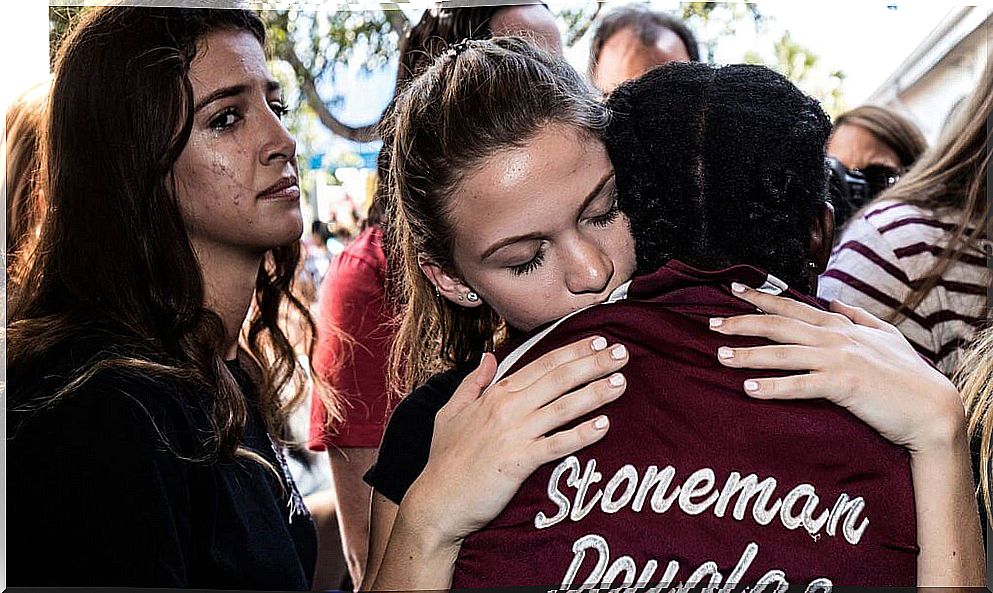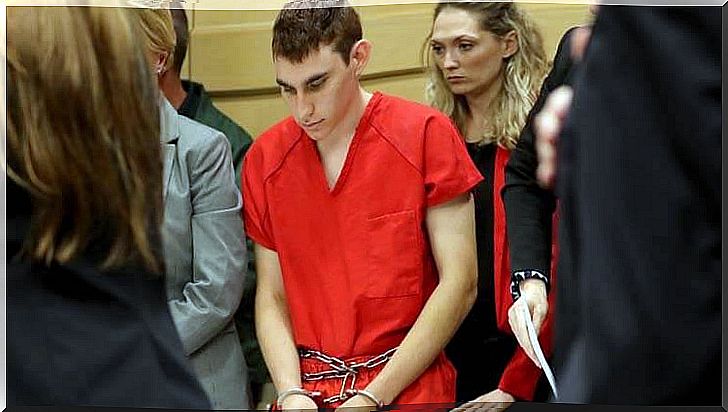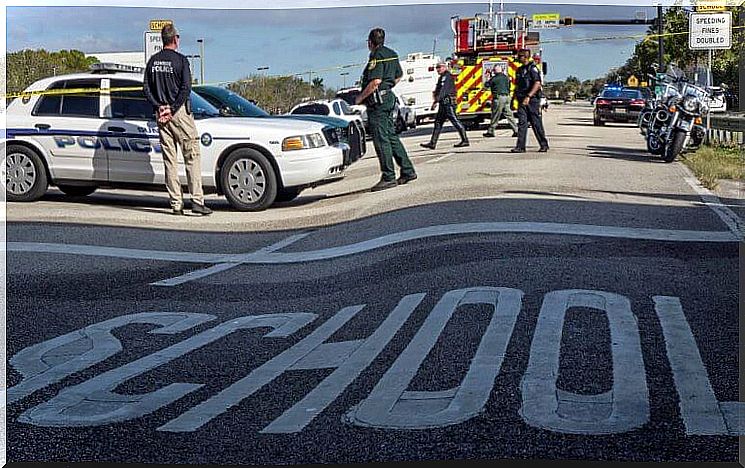High School Shootings: What’s On The Minds Of These Killers?

High school shootings are a sad phenomenon, especially when we take into account the frequency with which they occur. After these acts, and only in 5% of cases, there is a mental disorder. Other triggering factors are observed in the rest of the profiles, such as physical or psychological abuse, family uprooting, school bullying, the parents’ criminal record and, above all, access to firearms and the associated culture. to them.
Following the February 14 shooting at Marjory Stoneman Douglas High School in Parkland, Florida, President Trump tweeted: “There were many clues that the Florida shooter was mentally disturbed. Neighbors and his classmates knew of his erratic and dangerous behavior. We must always inform the authorities of these things and the authorities must act! ”.
While it is true that Nikolas Cruz fit the risk profile: an expelled and marginalized student who frequently exhibited his fascination with weapons, there is something much deeper in this phenomenon. Something more ingrained and dark that goes beyond mental health, and that involves all social organisms of American society itself. Let’s see it in detail.

High school shootings, the problem of a society
Nikolas Cruz, 19, has taken the lives of 17 high school classmates, in turn leaving a dozen injured. His name is added to one more of that long saga of individuals who armed with frustration, anger and contempt, perpetrate a plan by fire and blood; one where they aim and shoot mercilessly at students and teachers in their educational centers, driven by their fascination with weapons as the only answer to their problems.
Now, as striking as it may seem, there is not a month that I do not know of a shooting or incident related to firearms in the institutes of the United States. What’s more, since 2012, when Adam Lanza killed 20 people (7-year-old children and their teachers), there have been 239 shootings in high schools. All this translates into 438 injured and 138 dead in the last six years.
Senators, groups and personalities who are against the use of firearms do not stop insisting on a very specific fact: the killings are increasing year by year. It is not accidental, it is not bad luck, nor is it an epidemic of mental disorders. What is happening in the United States with the high school shootings is the result of the inaction of a society. Not only do the perpetrators have the opportunity, they also have the means.
It is not just about debating whether or not it is necessary to prohibit or regulate the use of weapons, which by itself is already relevant. It is also a priority to delve into what motivates these young people to turn to those rifles or assault rifles as a way to channel their anger or their problems.

The profile of the killers of high school shootings
The April 20, 1999 massacre at Columbine High School was a before and after. It was an awareness of a reality that highlighted the violence contained in the United States. It also meant taking new measures in schools, carrying out drills to learn how to react to these situations, and it also meant that the secret services took these types of massacres and their motivations more seriously.
Thus, in 2000 a psychological profile was developed to try to understand a little more the mental architecture of these young murderers. These would be the main features.
- The attacks are thoroughly premeditated. They are not accidental acts or the results of an instant of mental derangement.
- 80% of these people have suffered bullying. They accumulate a history of abuse, harassment and high emotional exhaustion generated by their peers’ own environment.
- A high percentage is part of unstructured families, where one of the parents has a criminal record.
- 95% of murders are committed by people without mental problems. That is, mental illnesses, such as schizophrenia, are not associated with violence.
- In 100% of cases there is a direct fascination for weapons. They generally give open samples of it, either to other colleagues or through social networks.
- Violence in these young people, some of them even children, is not something casual or sudden. It’s actually like a complex, slow but shocking process that builds up in their minds over time.
- Thus, the violent stimuli that may surround them, combined with environmental stress and distorted thoughts, tend to build in them a dehumanized mental armor. That emotional coldness finally makes murder look like a rewarding and even justifiable escape route.

So what is the solution to high school shootings?
A Republican senator was quick to venture that the solution to high school shootings is simple. It would only be about giving weapons to good men to confront those evil young men who seek to harm their classmates. Now, arming (supposedly) “good men” would only feed the same circle, that of violence. This would demonstrate once again that the best way to solve a conflict is through the use of arms.
The culture of violence feeds the violence itself. That germ is a problem, the other virus is institutional neglect, educational and social neglect, and a country that makes the use of weapons the essence of its identity. This is obviously not the way. Thus, something that the medical and educational community points out is the need to implement in educational centers greater psychological care for their students, where they can attend, intuit and prevent this type of situation.
With the help of psychologists and social workers, these young people who in one way or another tend to give warning signs could be much better served, clues that can be addressed as soon as possible to avoid more shootings in high schools. Those that, remember, happen every month.









